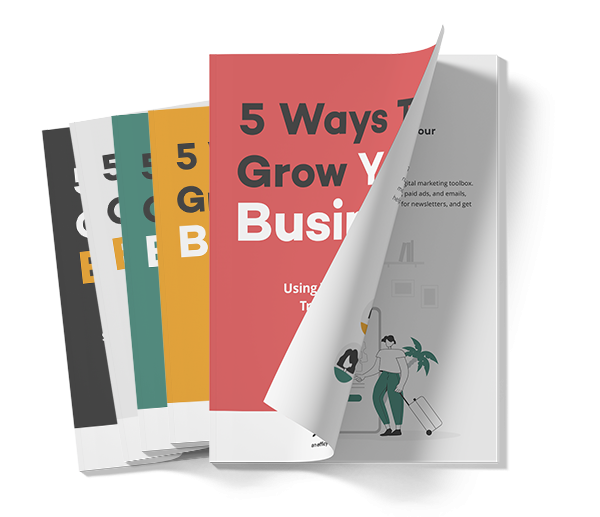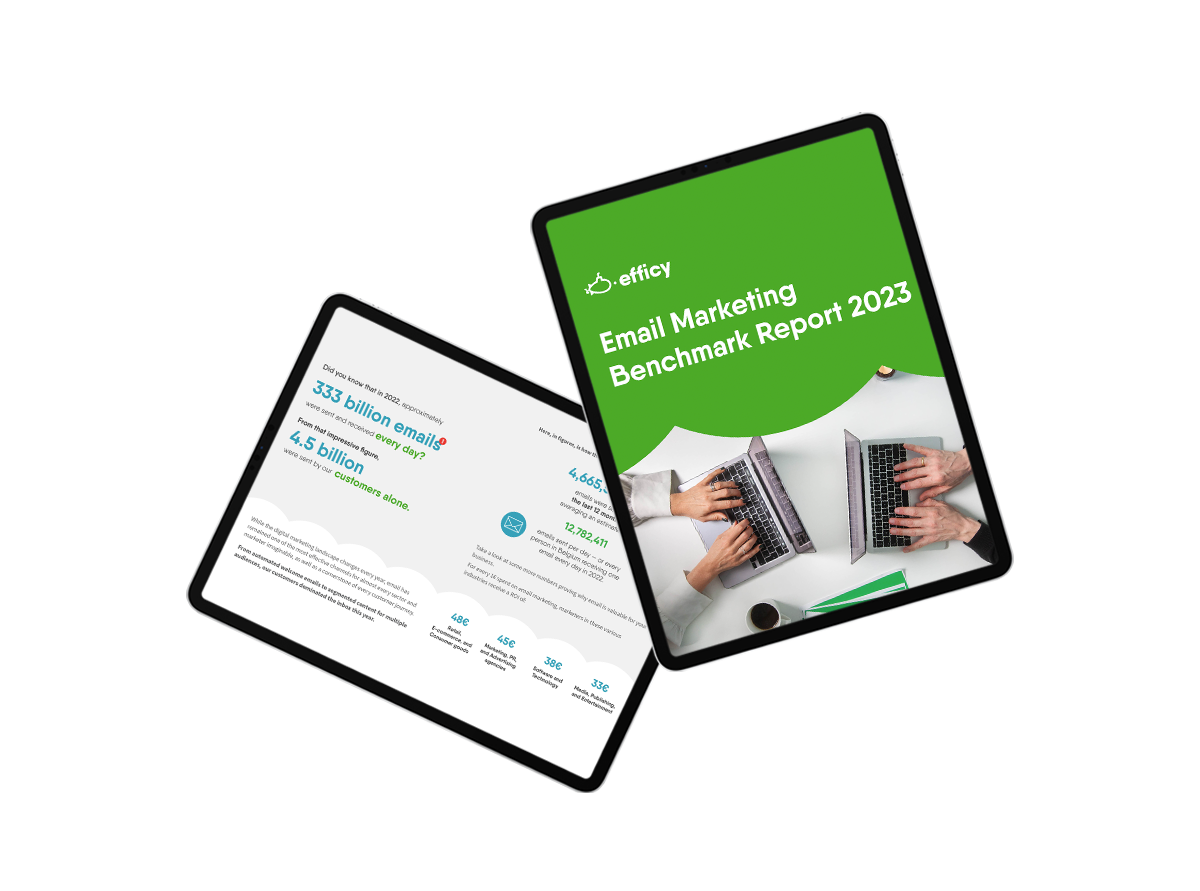Image
Aug 02
| 6 minutes
read
Omnichannel personalisation = climbing Mount Everest?
Every marketer worth their salt understands the potential of true, one-to-one personalisation. Personalisation that brings together every known fact and behavioural element from every channel and consumer touch point across the organisation – to drive the ultimate brand experience for each customer.
The daunting task
Understanding the potential and realising it are, however, two very different things. Each is perched on opposing ledges of a technical chasm that appears so daunting that even the most adventurous marketers may only get as far as planning the expedition.
When push comes to shove, however, executing the plan takes a very brave individual indeed, and even some of those who reach the planning stage will be reticent to progress any further.
Going beyond the planning stage
Mount Everest’s height was first determined in 1856, yet it took nearly 100 years for Edmund Hillary and Enzing Norgay to be the first to reach the summit in 1953.
Using the ascension of Everest as an analogy to describe the challenges of omnichannel marketing may seem a tad grandiose, but stick with me. Since 1953 there have been around 7000 ascents by over 4000 different climbers, with the past 66 years being broken down into the following three periods.
- 1950-1969 – the expeditionary period
- 1970-1989 – the transitional period
- 1990-2009 – the commercial period
Hillary is famously quoted as having replied to the question, “Why did you want to climb Mount Everest?” with the retort, “Because it’s there”. Sound enough reasoning for a trailblazing explorer, but for the marketer, ‘shits and giggles’ really isn’t enough of a motivator, given that you will need to get this crazy idea past others in the organisation that will be investing in it, and in you!
No, the real motivator is a massive drive in customer acquisition, loyalty and revenue. Being a brand that provides a personalised experience so transparent that it’s not obvious to the end user. That is the ultimate goal – or ‘summit’, if you will.

Omnichannel marketing and personalisation – how far have we come?
There is no doubt that we are now entering the transitional period as far as omnichannel marketing and personalisation goes. The cost of entry is lower, the equipment to support the efforts is better, there are now purpose built tools and organisations ready to offer a packaged solution to help with the planning, delivery and execution. The challenge is fully understood and documented.
But the things holding most people back from following a relatively well-trodden path up the side of a great big mountain are not dissimilar to the things holding most marketers back.
- Cost
- Risk
- Effort
- Self doubt
- Risk of death (as far as your career goes, anyway)
There is one big difference (you could argue there are a few more) between climbing a big mountain and achieving omnichannel marketing utopia: With omnichannel personalisation, you don’t need to get there in one go. So here’s where the analogy ends.
It doesn’t have to be, nor should it be, one big project. Taking baby steps, implementing successive strategies, learning and evolving over time, is the way the expeditionary, trailblazing marketer has tackled the MarTech chasm, achieving great results along the way.
That’s not to say you don’t need a plan, though. Here are four steps to take on your omnichannel expedition:
1- Start simple – but don’t forget where you’re going
Many marketers fall into the trap of deploying point solutions that achieve quick, near term success. The problem is that, more often than not, these solutions actually exacerbate the technological issues that need to be overcome to achieve the long-term vision, by introducing new data silos that are hard to integrate.
By all means, solve the challenge in front of you, but make sure you don’t lose sight of the bigger picture.
2- It’s a volume game…
…but not in the sense of ‘Batch ‘n’ Blast’ of the past. Identify your biggest audience, which is usually, but not exclusively, your online visitors, then decide where you want to start.
It’s a common assumption that targeting online customers is the best place to start, but this overlooks the 95% of visitors to your site who don’t transact or authenticate. Quite often, simple tactics to optimise the online experience to encourage desired behaviour (beyond “buy something”) provide a great starting point, quick results and a foundation on which to build.
For example, moving to a dynamic email acquisition strategy based on implicit preferences and throwing out the one-size-fits-all, “Sign up!” popup that every visitor gets shoved in their face on the first page load. Not only does engagement increase, so does your addressable audience for the email channel.
3- Identify your most powerful data sets for personalisation
Not always, but often this is web, email and CRM. That doesn’t necessarily mean a seamless integration between all three as your starting gambit, more a destination for phase one.
Perhaps start with online personalisation based on online behaviour, in combination with landing page personalisation based on email click through. Then move to online personalisation based on historic email interaction and online behaviour. Finally, you can progress to email/online personalisation based on online behaviour, email interaction and CRM data for previous customers.
4- Identify the most relevant delivery channels
The channel that is right for one customer, right now, is not likely to be the same for that same customer tomorrow. It’s a cliché, but the right message, via the right channel, at the right time is still the underlying principle of where you’re trying to get to.
If customers are engaged on email, how can that engagement be complimented through display, for example? Equally, leveraging display to those customers who are not opted in for email, or not opening emails, but who are known to have a high life time value, is another way of getting creative in front of that customer and optimising bid thresholds accordingly. As long as the message is appropriate for its respective channel.
Finally, a consistent experience across every touch point is subtly different to sending the same message across every channel! Understanding each customer, how they engage with your brand, when they engage and why, enables you to determine the best means of communicating with them on an individual, personal level.
So back to the analogy: Whereas Mount Everest is 8,848 metres above sea level and is unlikely to get higher without a massive geological event, the marketer’s challenge is, in some ways, somewhat more daunting. The summit you have in sight now is going to move. It is moving now, as new channels emerge, as customer behaviour evolves and they expect to interact with your brand in different ways.
But as Edmund Hillary once [nearly] said, “People do not decide to become extraordinary [marketers]. They decide to accomplish extraordinary [marketing] things.”



